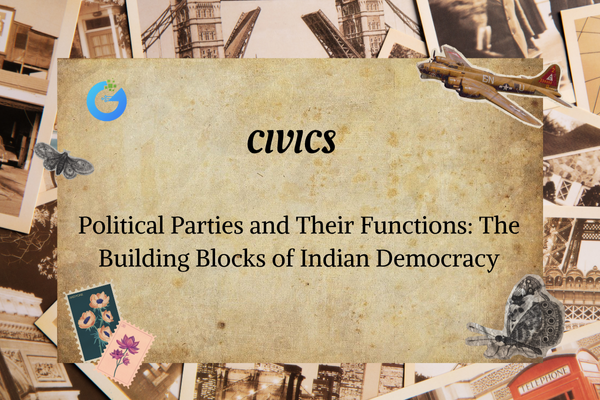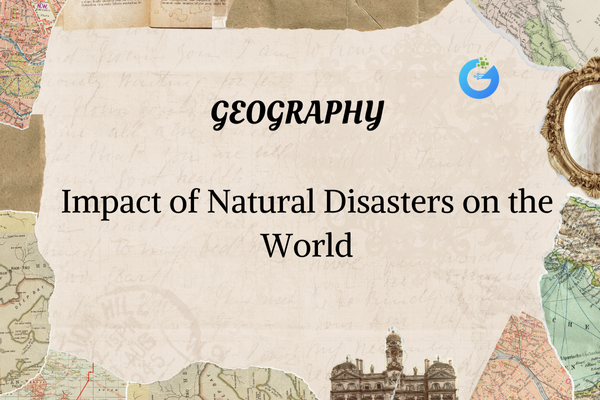Introduction: What Connects All Life?
Have you ever watched birds pecking at grains, insects buzzing around flowers, or mushrooms growing on dead leaves? These aren’t random events. Each living thing is playing its role in a larger system called an ecosystem.
In this world, no organism lives alone. From tiny microbes to large animals, all living things are connected through food, energy, and interactions. These relationships form what we call ecosystems and food chains—nature’s way of staying balanced.
Let’s break it down in a simple and fun way for Class 9!
expert-led Biology classes – visit our website to learn more
What Is an Ecosystem?
An ecosystem is a place where living things (plants, animals, microorganisms) interact with each other and with non-living things (air, water, soil, sunlight).
Everything in an ecosystem is connected. If one part changes, others are affected too.
Examples of Ecosystems:
- A forest
- A pond
- A desert
- A garden
- A coral reef
- Even a handful of soil!
What Makes Up an Ecosystem?
Ecosystems have two major components:
| Component | Examples |
| Biotic (Living) | Plants, animals, fungi, bacteria |
| Abiotic (Non-living) | Water, sunlight, air, soil, temperature |
Biotic Components and Their Roles
| Type | Role | Examples |
| Producers | Make their own food using sunlight (photosynthesis) | Green plants, algae |
| Consumers | Eat other organisms to get energy | Humans, animals, insects |
| Decomposers | Break down dead plants and animals into nutrients | Fungi, bacteria, worms |
What Is a Food Chain?
A food chain is a sequence that shows who eats whom in an ecosystem.
It starts with producers and ends with top-level consumers.
Example of a Simple Food Chain:
Grass → Grasshopper → Frog → Snake → Eagle
- Grass: Producer
- Grasshopper: Primary consumer (herbivore)
- Frog: Secondary consumer (carnivore)
- Snake: Tertiary consumer
- Eagle: Top predator
Each step shows how energy flows from one organism to the next.
What Is a Food Web?
In real ecosystems, animals don’t eat just one kind of food. They eat different things.
That’s why many food chains connect together to form a food web.
This web shows all the possible feeding relationships in an ecosystem.
How Energy Flows in an Ecosystem
- All energy comes from the Sun.
- Producers absorb sunlight and make food (photosynthesis).
- Consumers eat producers or other consumers.
- Decomposers recycle nutrients by breaking down dead things.
Energy is lost at each level (as heat, movement, etc.), so the amount of energy decreases as we move up the food chain.
Trophic Levels: The Steps in a Food Chain
| Trophic Level | Who They Are |
| First (Lowest) | Producers (plants, algae) |
| Second | Primary consumers (herbivores) |
| Third | Secondary consumers (carnivores) |
| Fourth (Highest) | Tertiary/top consumers |
What Do Decomposers Do?
Decomposers are like nature’s cleaning crew. They:
- Break down dead plants and animals
- Return nutrients like nitrogen and carbon to the soil
- Help keep the environment clean and fertile
Without decomposers, the ecosystem would fill up with dead material!
Core Concepts Table
| Term | Definition |
| Ecosystem | Community of living and non-living things working together |
| Producers | Make their own food using sunlight |
| Consumers | Eat other organisms for energy |
| Decomposers | Break down dead organisms into nutrients |
| Food Chain | A line showing “who eats whom” |
| Food Web | Interconnected food chains |
| Trophic Level | Position of an organism in the food chain |
| Abiotic Factors | Non-living parts of an ecosystem |
| Biotic Factors | Living parts of an ecosystem |
Frequently Asked Questions
Q1. What is an ecosystem?
A system where living and non-living things interact with each other.
Q2. Name one producer and one decomposer.
Producer: Grass | Decomposer: Mushroom
Q3. What is a food chain?
A sequence that shows how energy flows from producers to top consumers.
Q4. Why are decomposers important?
They recycle nutrients and keep the ecosystem clean.
Q5. What is the difference between a food chain and a food web?
A food chain is a single path. A food web is many connected paths.
Fun Facts
- Plants are the only organisms that can make their own food—without them, no other life could exist!
- An earthworm has no eyes, but it helps farmers by improving soil fertility.
- In some food webs, a single animal can be both predator and prey!
- Coral reefs are home to thousands of species, making them one of the richest ecosystems.
Conclusion: Everything Is Connected
Ecosystems and food chains remind us that no living thing exists on its own. Every organism, big or small, depends on others for survival. Whether it’s a plant making food, a deer grazing, or a fungus breaking down leaves—every part of nature plays a role.
By understanding these connections, we learn how to protect nature and live in harmony with it.








